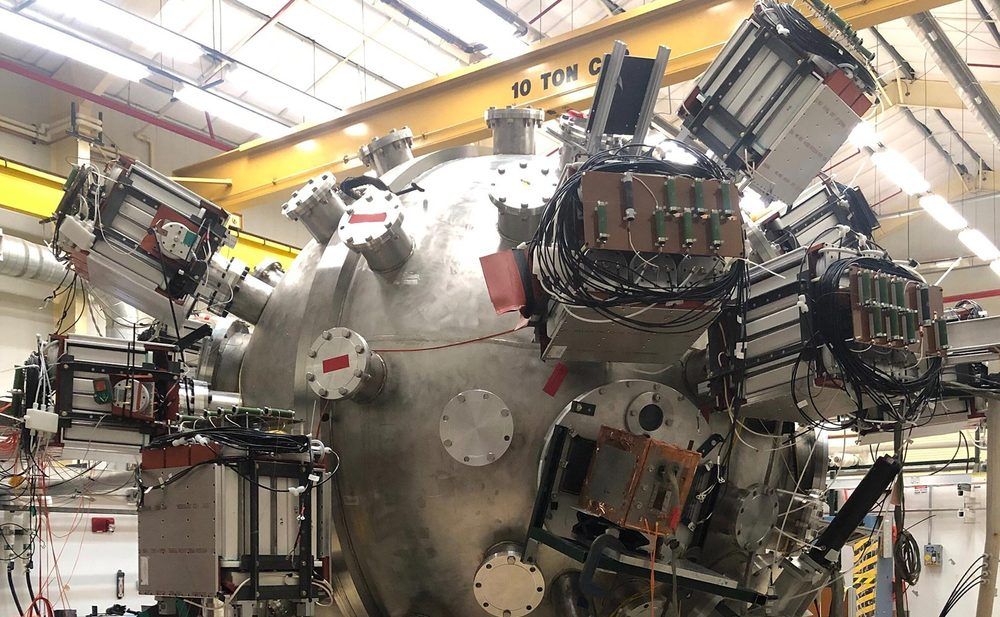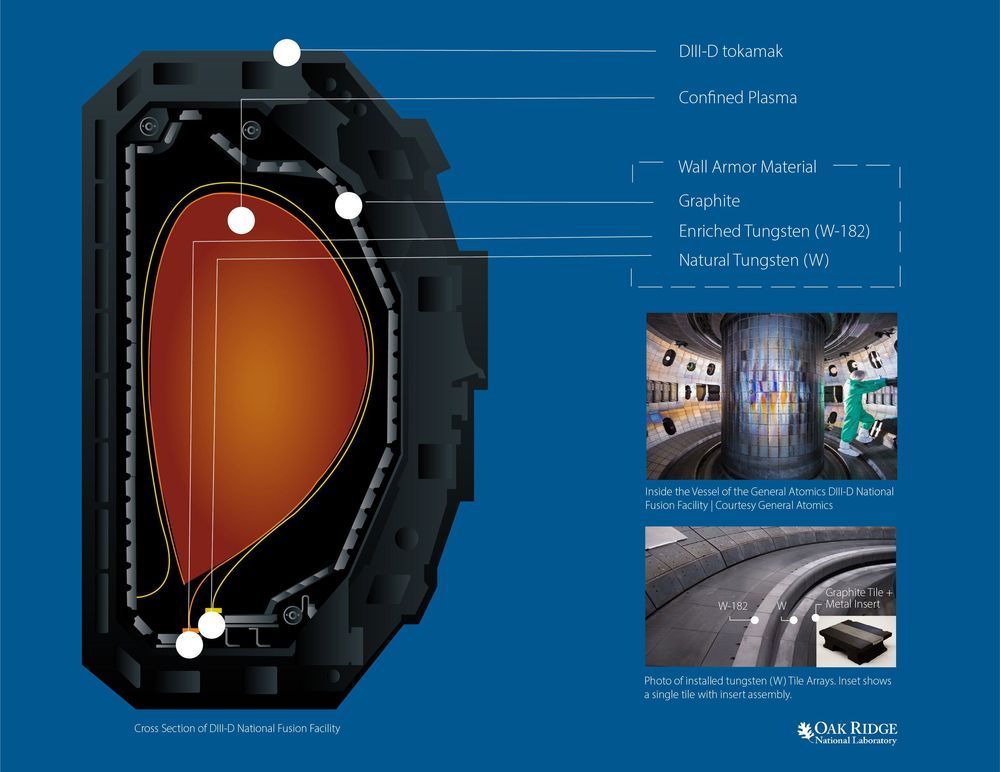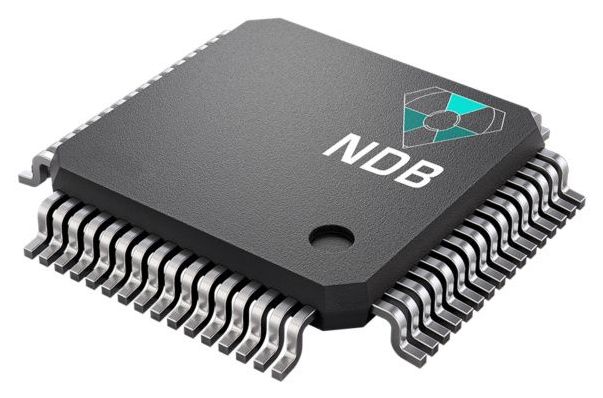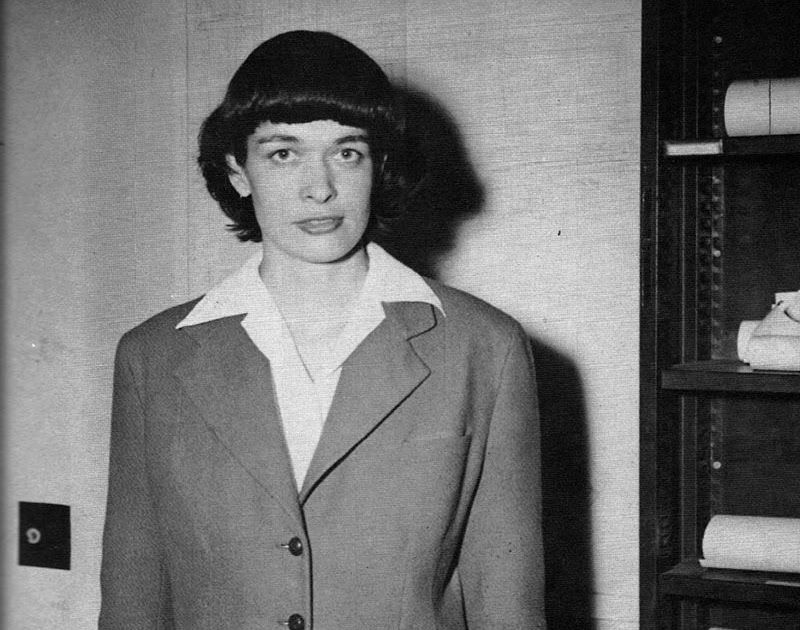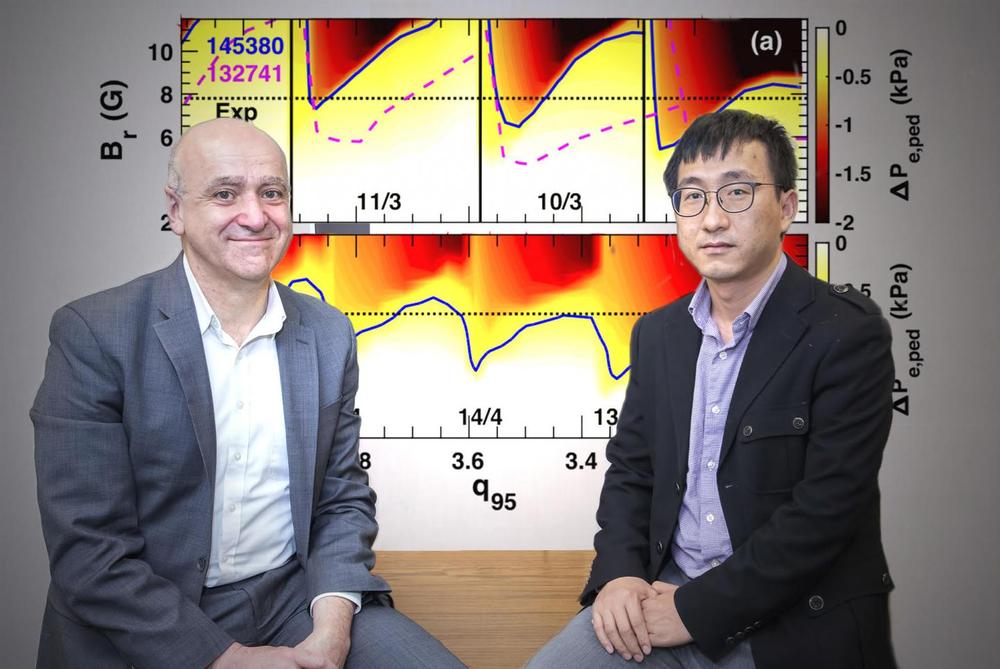Assembly of the Plasma Liner Experiment (PLX) at Los Alamos National Laboratory is well underway with the installation of 18 of 36 plasma guns in an ambitious approach to achieving controlled nuclear fusion (top image). The plasma guns are mounted on a spherical chamber, and fire supersonic jets of ionized gas inward to compress and heat a central gas target that serves as fusion fuel. In the meantime, experiments performed with the currently installed plasma guns are providing fundamental data to create simulations of colliding plasma jets, which are crucial for understanding and developing other controlled fusion schemes.
Most fusion experiments employ either magnetic confinement, which relies on powerful magnetic fields to contain a fusion plasma, or inertial confinement, which uses heat and compression to create the conditions for fusion.
